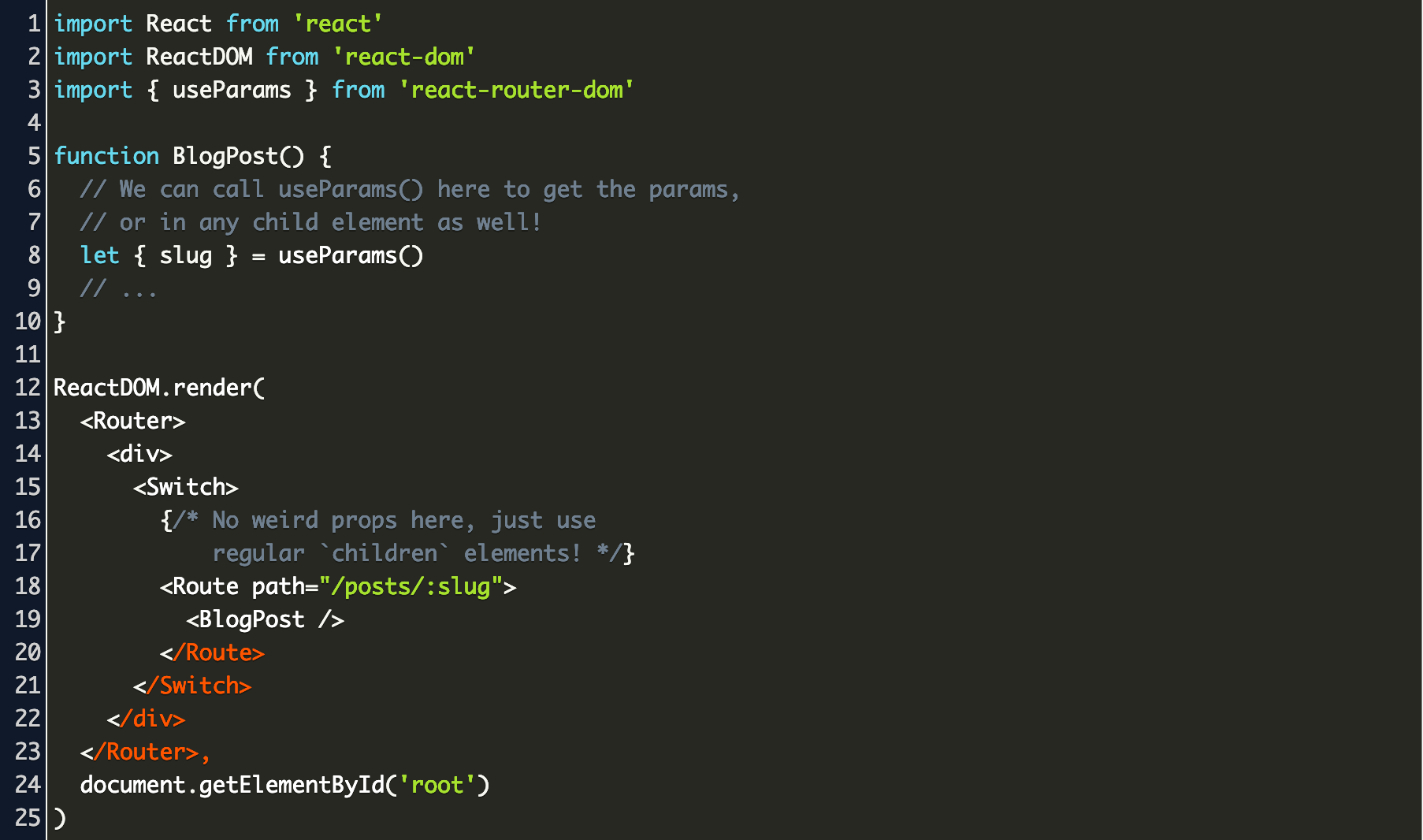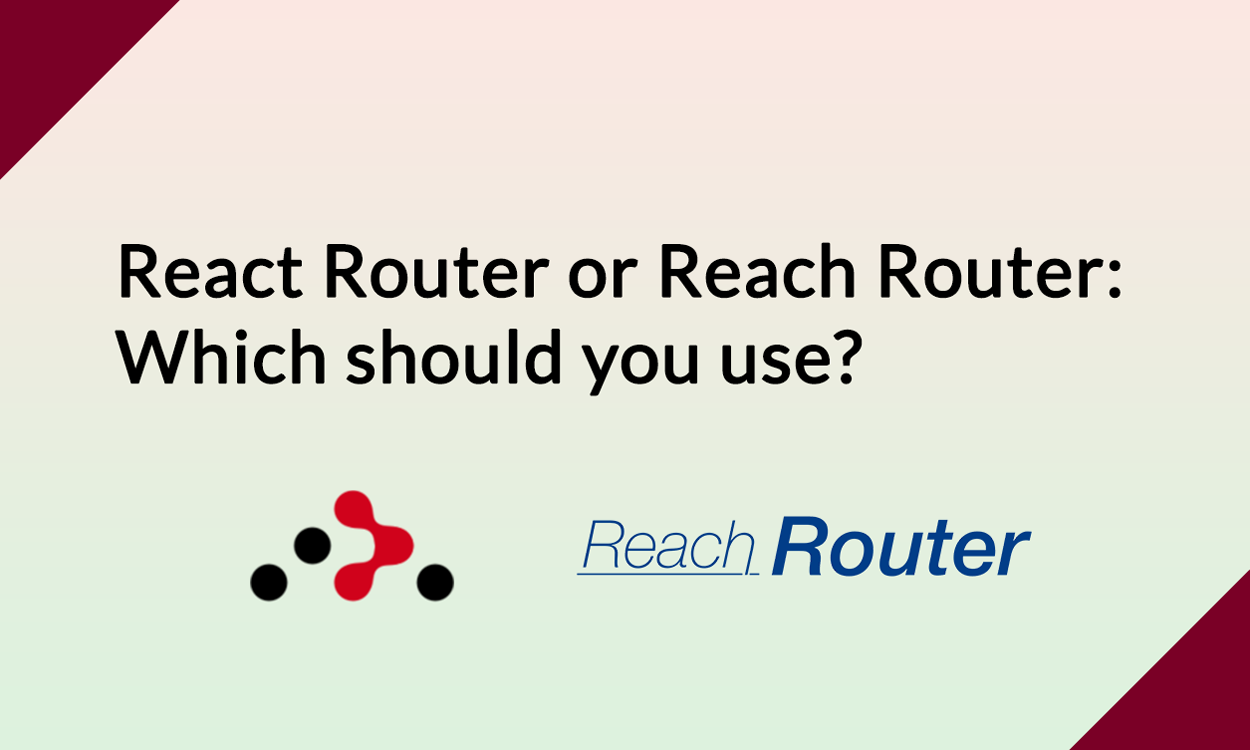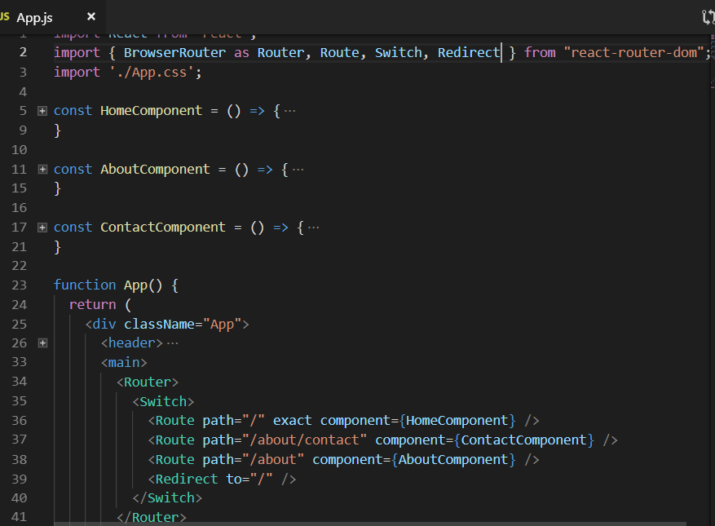

Still, there are more changes we have to do, let see that in the next article. So, these are the couple of initial and important changes we need to consider when migrating from v.5 to v.6. So unlike with v.5, in v.6 the order of Routes is doesn’t matter anymore. The reason for this is that internally, React-router-dom v.6 have a better algorithm for picking the best route to be loaded for the given path. If the incoming URL is “/product/55”, it’ll render component, it’s because the order Route which I wrote.īut in v.6, any URL which starts with /products, it should render component, at the same time, if the incoming URL is “/product/55”, it’ll render component, because we explicitly declared this Route in Routes. Once we add start at the end, this Route will become active if a URL path starts with /products, instead of being only /products.Īccording to v.5 the above routes, for eg. This going to be our first changes, in v.5 or in older versions, we used Switch component, which is provided by the react-router package to wrap all our routes and it’ll make sure that only one routes is loaded at a time. There are two ways to accomplish this: Pass a Route Config Object. Switch is not exported from recat-router-dom This is as there is no static route config that the SDK can use in React Router v4/v5. If we visit the browser page to figure out what’s the error, we can see “Switch is not exported from recat-router-dom” – this would be the first error we all will get. Once router package was updated to v.6, now we can run “npm start”, we can see that the project won’t work.
#Withrouter react router 6 install
We all are using react-router-dom v.5 or lower versions in our projects, we going to update router version, with the simple npm comment “npm install which ensures that you are going to install v.6, also we can “npm install – which will always give you the very latest version. Overall v.6 is a lot better than the v.5.
#Withrouter react router 6 upgrade
It’s simple to upgrade and not a lot of code change. And they provided specifically an upgrading guide, where we can find the detailed upgrading steps and we can learn what’s new and what changed from older versions. To learn more detail about React Router v.6, you can check out the official website and the documentation you can find there. Is it possible to use withRouter and retrieve the filter param without using connect? f.In this article, we will walk through what’s new with React Router v.6 and how we could update an existing React app, that’s using React router v.5 or lower version to React Router v.6. You can use both ways of getting to the params and even mix them, but with Router it's handy when you need to read the current params somewhere deep in the component tree. The params injected by withRouter are the same exact params that get injected by default into the route handler components. It only works correctly with connect since React Router 3.0so make sure you're on the recent version.

Finally, I import with Router from the React Router package. WithRouter passes any props through itself, so we're going to see both params, and any props passed from the app in the ownProps argument. This is how they end up in props of our connected component. The params props specifically is passed by the component generated by withRouter call. We'll read the params from the ownProps argument, which corresponds to the props passed from the parent component.

Let's recap how we made the router params available inside the connected components' mapStateToProps function. To make it more compact, I'm reading the params right inside the argument definition thanks to ES6's structure and syntax. Finally, I specify the fallback value, just like I used to do in the app component. I can scroll up a little bit to the mapStateToProps definition and I can change it so that, rather than read filter directly from ownProps, it's going to read it from ownProps.params. I want the params to be available inside mapStateToProps, so I need to wrap the connect result so that the connected component gets the params as a prop. With Router, it takes a React component and returns a different React component that injects the router-related props, such as params, into your component. It's important that we use at least React Router 3.0for it to work well with Redux. I will add a new import code with Router from the React Router package. Instead, I'm going to find a way to read the current router params in the visible todo list itself.

Passing the params from the top level of route handlers gets tedious, so I'm removing the filter prop. It just passes the filter down to the visible todo list, which uses it to calculate the currently visible todos. However, the app component itself does not really use filter. In this case, the filter is passed inside params. We can attach the params from there, because the router injects params prop into any route handler component specified in the route configuration. Currently, we will read the params filter passed by the router or inside the app component.


 0 kommentar(er)
0 kommentar(er)
